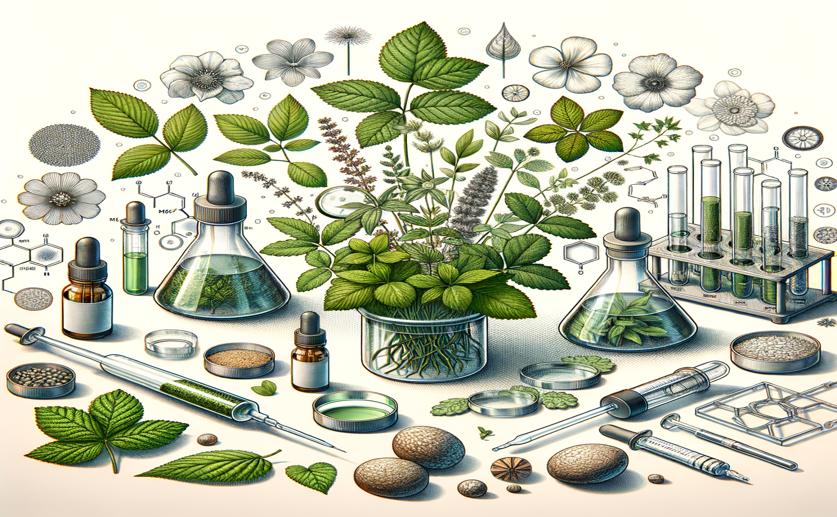
Herb Extracts: A Promising Source for Anti-Atopic Dermatitis Activity
Jenn Hoskins
7th June, 2024

Image Source: Natural Science News, 2024
Key Findings
- The study by the Korea Institute of Science and Technology (KIST) explored the potential of Salvia miltiorrhiza Bunge (SMB) as a natural treatment for atopic dermatitis (AD)
- 'Dasan' cultivar of SMB contains high levels of salvianolic acid A and B, which have strong antioxidant and anti-inflammatory properties
- 'Kosan' cultivar of SMB has higher concentrations of tanshinones, which are effective in reducing AD-related genes at the mRNA level
- Hydrophilic compounds in SMB prevent AD by inhibiting reactive oxygen species (ROS) and suppressing inflammatory factors, while lipophilic components directly inhibit AD
References
Main Study
1) Salvia miltiorrhiza bunge extracts: a promising source for anti-atopic dermatitis activity.
Published 6th June, 2024
https://doi.org/10.1186/s12906-024-04524-z
Related Studies
2) Corticosteroid phobia and other confounders in the treatment of childhood atopic dermatitis explored using parent focus groups.
3) Atopic dermatitis and the atopic march revisited.
4) Anti-inflammatory effects of natural flavonoid diosmetin in IL-4 and LPS-induced macrophage activation and atopic dermatitis model.
5) Oral Administration of Liquiritigenin Confers Protection from Atopic Dermatitis through the Inhibition of T Cell Activation.



 18th April, 2024 | Jim Crocker
18th April, 2024 | Jim Crocker